Understanding lead generation is crucial for any business aiming to scale its operations and optimize its sales processes. At its core, lead generation involves identifying and cultivating potential customers, commonly referred to as leads, who have shown interest in a company’s products or services. These leads are essential for business growth because they form the foundation of the sales pipeline, ultimately driving revenue and fostering long-term customer relationships.
Leads are typically categorized into two main types: Marketing Qualified Leads (MQLs) and Sales Qualified Leads (SQLs). MQLs are individuals who have engaged with a company’s marketing efforts, showing interest via actions such as downloading a whitepaper, signing up for a newsletter, or attending a webinar. On the other hand, SQLs are leads that have gone a step further to demonstrate a high likelihood of making a purchase. These leads have been vetted and deemed ready for direct sales engagement, often through specific behaviors like repeated visits to the website or requesting a product demo.
In the broader marketing ecosystem, lead generation operates within both inbound and outbound marketing strategies. Inbound marketing refers to attracting customers through valuable content and experiences tailored to them, such as content marketing, search engine optimization (SEO), and social media engagement. Conversely, outbound marketing involves more traditional tactics like cold calling, direct mail, and advertising. While inbound marketing aims to pull customers in, outbound strategies push the company’s message out to a target audience.
The importance of effective lead generation cannot be overstated. Statistics show that companies employing advanced lead generation strategies achieve at least 133% more revenue compared to those who do not. Case studies reveal that businesses focusing on nurturing their leads experience a 50% increase in sales-ready leads at a 33% lower cost. These figures highlight the critical role of a well-executed lead generation plan in ensuring robust sales funnels and sustained business growth.
Proven Lead Generation Techniques
Generating leads effectively requires a blend of traditional and modern methodologies tailored to reach potential clients across various platforms. One of the most time-tested techniques is email marketing. This approach leverages targeted, personalized messages to engage prospects. By segmenting your email list and crafting relevant content, businesses can achieve higher engagement rates and conversion rates.
Alongside email marketing, content marketing plays a significant role in lead generation. Creating high-quality, informative content such as blog posts, whitepapers, and eBooks can attract prospects seeking solutions to their problems, thereby establishing your brand as a trusted authority in your industry.
Telemarketing, though considered traditional, still holds value in certain sectors. Direct communication with potential clients can provide instant feedback and personalized interaction, which can lead to higher conversion rates when executed effectively.
Modern approaches like social media campaigns are indispensable for reaching a broader audience. Platforms like Facebook, LinkedIn, and Instagram allow businesses to target specific demographics with tailored content and advertisements. Successful social media campaigns blend organic posts with paid advertisements to maximize reach and engagement.
Search Engine Optimization (SEO) is another critical component of contemporary lead generation. By optimizing website content and utilizing relevant keywords, businesses can improve their search engine rankings, driving more organic traffic to their sites. This technique ensures that the company is visible to individuals actively searching for related products or services.
Online advertising through Google Ads and social media platforms offers precise targeting and extensive reach. The capability to set specific criteria for ad placement ensures that advertisements reach the most promising prospects, thereby increasing the likelihood of generating quality leads.
A diversified approach involving multiple touchpoints is essential to effectively generate leads. Combining traditional methods with modern strategies ensures comprehensive market coverage and continual engagement with potential leads. For instance, a successful campaign might begin with a targeted email, followed by relevant social media engagement and culminating in a direct phone call.
An alignment between marketing and sales efforts boosts lead generation efficiency. Implementing Customer Relationship Management (CRM) systems can streamline this coordination. CRMs track interactions with potential leads, manage data seamlessly, and offer insights into lead behavior, thereby refining further strategies.
Nurturing leads through the sales funnel involves consistent and meaningful follow-ups. Each touchpoint should provide value, moving prospects closer to a purchase decision. Employing strategies like offering free trials, conducting webinars, or providing exclusive content can keep leads engaged and invested in the value your business offers.
Finally, tracking and measuring the Return on Investment (ROI) is crucial to refining lead generation strategies. Analyzing metrics such as conversion rates, customer acquisition costs, and the lifetime value of a customer provides insights into the effectiveness of various techniques, enabling continuous improvement and better strategic decisions.

